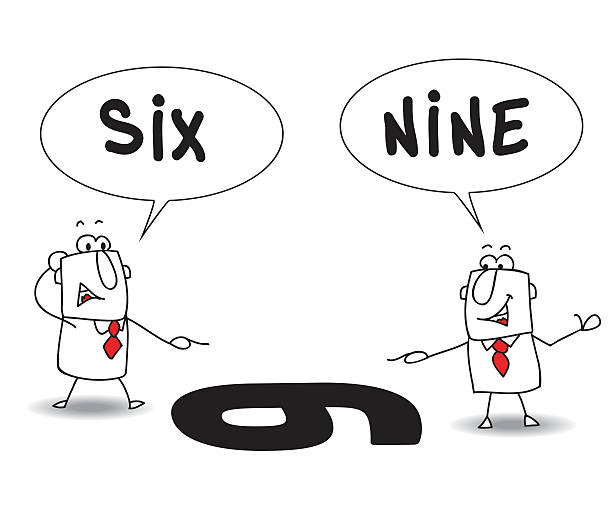In today’s digital age, acronyms and abbreviations have become an integral part of our communication. One such acronym that has gained significant popularity across various platforms is “POV.” But what does POV mean, and how is it used in different contexts? This article aims to delve into the meaning of POV, its origins, and its applications across different media. Whether you’re a social media enthusiast, a film buff, or simply curious, this guide will provide you with a comprehensive understanding of POV.
Key Takeaways
- POV stands for “Point of View” and is widely used in storytelling, social media, and filmmaking.
- In literature and film, POV refers to the perspective from which a story is told.
- On social media, POV is often used to create relatable or humorous content by presenting a scenario from a specific perspective.
- Understanding POV can enhance your appreciation of narrative techniques and improve your content creation skills.
What Does POV Mean?
POV is an acronym that stands for “Point of View.” It refers to the perspective from which a story is narrated or a scene is depicted. This concept is pivotal in various forms of storytelling, including literature, film, and even social media content. The use of POV allows creators to engage their audience by providing a unique lens through which a narrative is experienced.
POV in Literature

In literature, POV is a crucial element that shapes the reader’s understanding of the story. There are several types of POV used in writing:
- First-Person POV: The story is narrated by a character within the story, using “I” or “we.” This perspective allows readers to experience the narrative through the eyes of the narrator.
- Second-Person POV: The narrator addresses the reader directly using “you,” making the reader a part of the story. This POV is less common but can create a unique and immersive experience.
- Third-Person Limited POV: The narrator is outside the story and focuses on the thoughts and feelings of one character, using “he,” “she,” or “they.”
- Third-Person Omniscient POV: The narrator knows all the thoughts and feelings of every character, providing a comprehensive view of the story’s events.
POV in Film and Television
In film and television, POV is used to convey a character’s perspective visually. This technique can immerse viewers in the character’s experience, making them feel as though they are part of the scene. Directors often use camera angles and shot compositions to achieve this effect. For example, a POV shot may show the audience exactly what a character is seeing, creating a sense of immediacy and intimacy.
POV on Social Media

On platforms like TikTok, Instagram, and Twitter, POV has taken on a new life. Here, creators use POV to craft short, engaging videos or posts that depict scenarios from a specific perspective. These posts often start with “POV:” followed by a description of the scenario, inviting viewers to imagine themselves in that situation. This trend has become popular for its ability to create relatable, humorous, or thought-provoking content.
Why Is Understanding POV Important?
Grasping the concept of POV is essential for anyone interested in storytelling, whether as a creator or a consumer. Here’s why:
- Enhances Storytelling: Understanding different POVs allows writers and filmmakers to choose the most effective perspective for their narrative, enhancing the overall storytelling experience.
- Improves Content Creation: For social media creators, using POV can make content more engaging and relatable, increasing audience interaction and reach.
- Increases Audience Engagement: A well-chosen POV can draw audiences into a story, making them feel connected to the characters and events.
How to Use POV Effectively
Whether you’re writing a novel, directing a film, or crafting a social media post, using POV effectively can significantly impact your audience’s experience. Here are some tips:
- Choose the Right POV: Consider the story you want to tell and the message you want to convey. Different POVs can offer various insights and emotional connections.
- Be Consistent: Maintain a consistent POV throughout your story or content to avoid confusing your audience.
- Experiment with Perspectives: Don’t be afraid to experiment with different POVs to find the one that best suits your narrative.

POV, or “Point of View,” is a versatile and powerful tool in storytelling across various media. From literature and film to the dynamic world of social media, understanding and utilizing POV can enrich narratives and engage audiences effectively. By mastering the art of POV, you can enhance your storytelling skills, create compelling content, and connect with your audience on a deeper level. Whether you’re a creator or a consumer, appreciating the nuances of POV can open up new dimensions in the way stories are told and experienced.